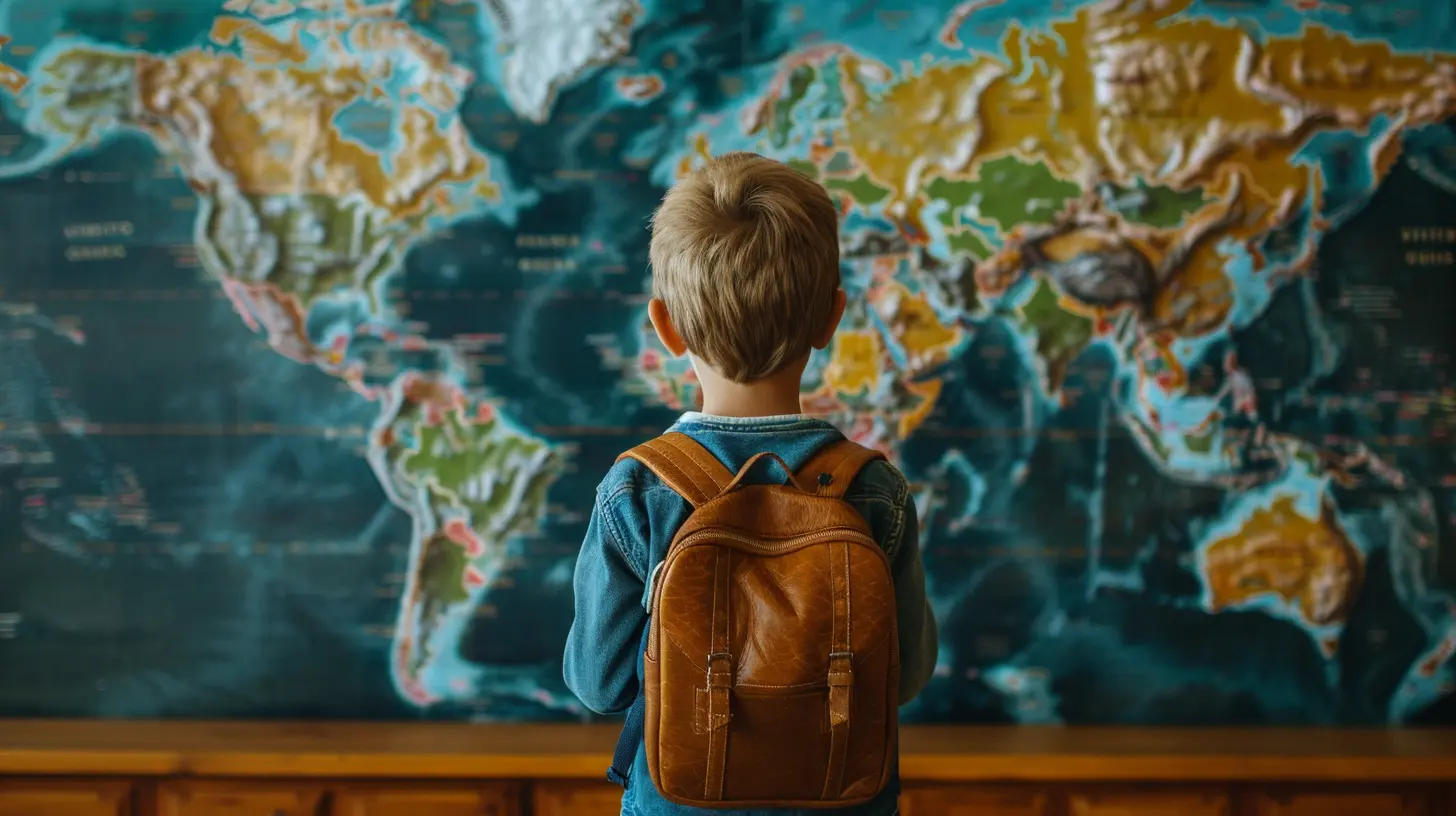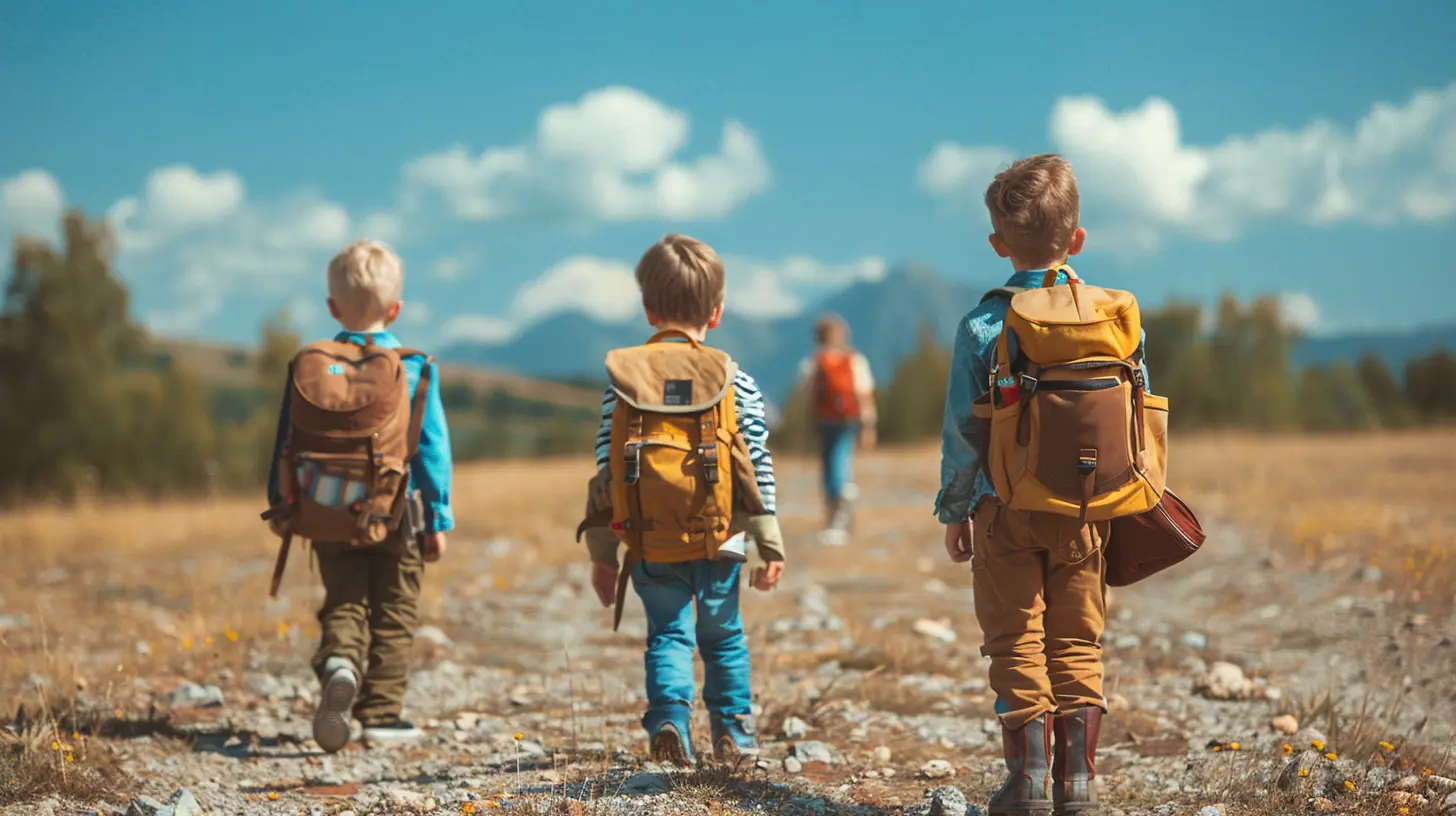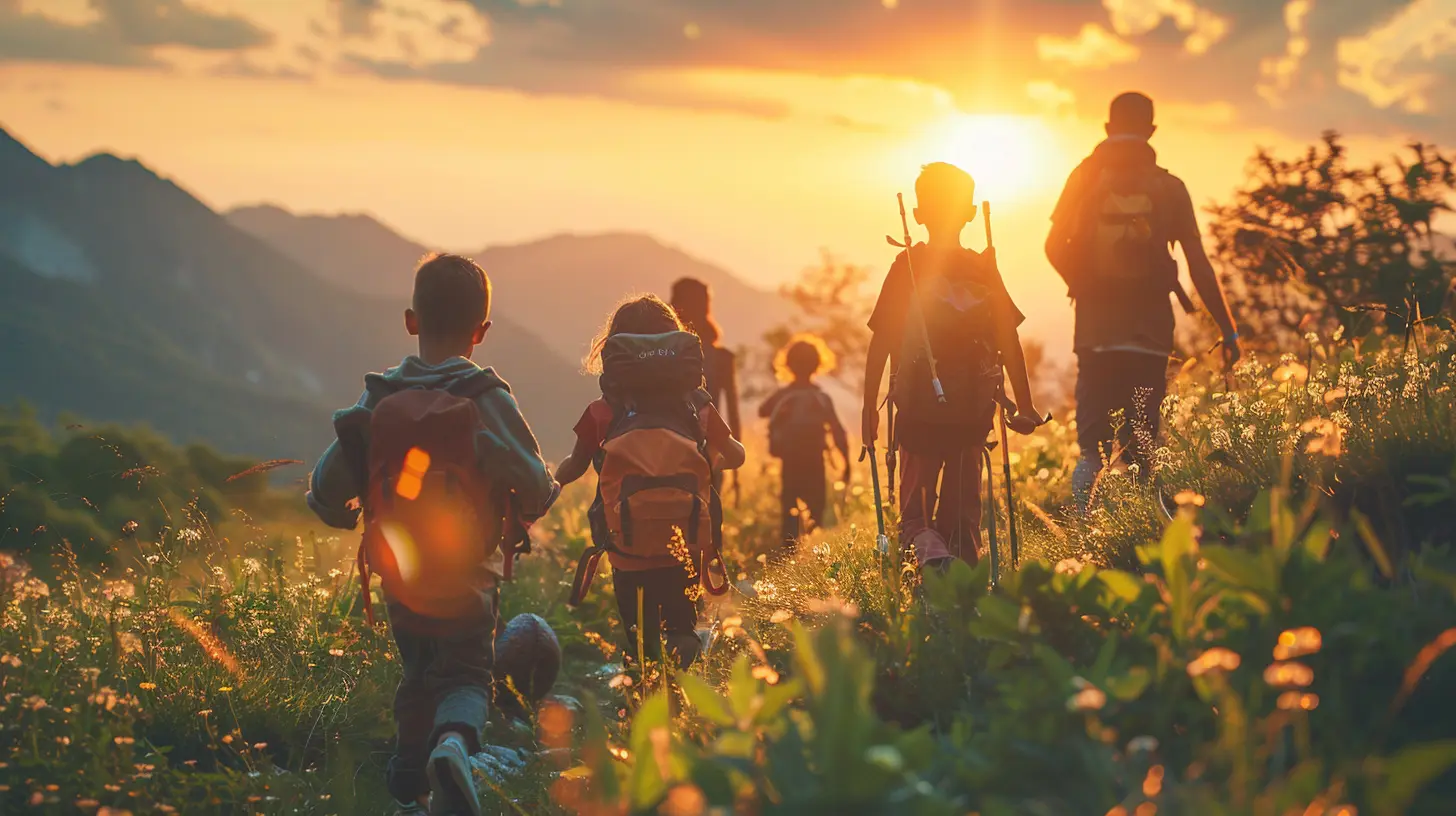Field Trips as Educational Tools: Making the World Your Classroom
6 November 2025
When was the last time your child learned something outside of a classroom? Not from a textbook, not from a worksheet, but by experiencing it firsthand?
Let’s face it—kids are natural explorers. They're wired to touch, see, hear, and do. That’s why field trips are like magic wands in the world of education. They take learning beyond the chalkboard and into the real world. Think of it as pulling lessons out of the pages and placing them into your child’s hands.
In this article, we’re diving deep into how field trips aren't just fun little breaks from routine—they’re powerful educational tools that can spark curiosity, build connections, and help kids retain knowledge long after the trip is over. Ready to make the world your child's classroom? Let’s go!
Why Field Trips Matter More Than Ever
In a tech-driven generation, it's tempting to think that everything a child needs to know can be found on a screen. But here’s the truth: nothing can replace real-world interaction.Field trips bring concepts to life. Imagine reading about farm animals vs. actually feeding a goat. One is a paragraph; the other is a memory.
More than that, field trips cater to multiple learning styles. Whether your child learns by seeing, doing, or hearing, there’s an element of a trip that clicks with them. It’s education in 4D.
The Brain Science Behind Field Trips
You might be wondering—what’s going on in a child’s brain during a field trip?Well, quite a lot actually. When kids encounter new environments, their senses are stimulated. This increases dopamine levels in the brain, making them more alert and engaged. According to cognitive research, experiential learning (aka learning by doing) enhances memory retention. So, that trip to the zoo? It’s not just fun—it’s cementing biological concepts in your child’s memory in ways that traditional lectures just can’t.
Field trips also activate the hippocampus, the brain’s memory center, especially when emotions are involved. So if your child is excited or curious during a trip, those emotions are literally boosting their ability to learn.
Types of Educational Field Trips
Not all field trips are created equal, but that doesn’t mean they all need to be extravagant. What matters is intention and relevance to what your child is learning. Here are a few classic (and not-so-classic) examples of field trips that double as educational powerhouses:1. Museums (History & Art)
Museums are the go-to field trip for a reason. They house history, art, science, and culture all under one roof. Plus, many museums now offer interactive exhibits that encourage kids to touch, build, and experiment—turning abstract ideas into tangible experiences.2. Zoos and Aquariums (Biology & Conservation)
A visit to a zoo or aquarium brings life science to life—literally. Kids won’t just learn animal names—they'll understand habitats, behaviors, and even ecological balance.3. Farms (Ecology & Nutrition)
Want your child to know where their food comes from? Visiting a farm connects kids to their food sources and teaches them about sustainability, agriculture, and biology. Bonus: feeding chickens is a guaranteed smile-maker.4. Theater Performances (Literature & Arts)
Reading Shakespeare is one thing. Watching a live performance of A Midsummer Night’s Dream? Entirely another. Theater teaches storytelling, empathy, and the importance of expression.5. Historic Sites (History & Social Studies)
From battlefields to ancient ruins, standing where history happened hits differently than reading about it. Walking through historical landmarks puts time into perspective and people into context.6. Factories and Local Businesses (Economics & Careers)
Ever toured a chocolate factory? (Think Willy Wonka, but educational.) Visiting local businesses helps kids understand how things are made, what work looks like, and opens the door to future career interests.7. Nature Walks and State Parks (Earth Science & Environmental Studies)
Sometimes, the greatest classroom doesn’t have walls. Nature walks teach ecosystems, biology, geology—all while getting fresh air and vitamin D. Plus, who doesn't love spotting wildlife along the trail?
Making a Field Trip Worthwhile: It’s Not Just a Day Off
Now, here’s the secret sauce: the field trip is only as impactful as the conversation surrounding it. A bus ride and lunch are fun, sure, but the learning happens when kids make connections.Here’s how to make any field trip educational gold:
Before the Trip: Set the Stage
- Talk with your child about the purpose of the trip. What are they going to see or learn?- Read a book or watch a short video related to the topic to build curiosity.
- Let your child come up with questions they want to answer during the trip.
During the Trip: Keep it Active
- Don’t just walk through it—engage. Ask open-ended questions like, “What surprised you the most here?”- Take pictures or have your child draw sketches to document their observations.
- Encourage them to read signs, touch materials (if allowed), and talk to guides or docents.
After the Trip: Reflect and Relive
- Ask your child to tell you about their favorite part and why it stood out.- Have them write a journal entry, draw a comic strip, or even create a mini-presentation.
- Connect what they saw back to what they’re learning in school or at home.
How to Plan Your Own Learning Adventures
You don’t need a school bus or 20 permission slips to pull off a great field trip. Some of the best learning experiences happen in small, simple moments.Here’s a quick checklist to get you started:
- Pick a theme: What’s your child learning or curious about?- Make it local: Museums, parks, and even hardware stores can be educational.
- Keep it interactive: Look for places with hands-on exhibits or guided tours.
- Don’t overplan: Leave room for unstructured exploration—it often leads to the best discoveries.
- Bring supplies: Notebooks, snacks, water, and a camera can go a long way.
Real-Life Stories: How Field Trips Changed the Game
Let me tell you about my friend's daughter, Mia. She was struggling with fractions—just couldn’t wrap her head around them. One weekend, they baked cookies together. They talked about ¼ cups, halves, and thirds.Then they visited a bakery the next week and saw the same measurements printed on ingredient containers and recipe cards. Suddenly, fractions made sense. That’s the beauty of field trips—they stitch together the "why" with the "how".
Another story? My son became obsessed with dinosaurs after a trip to the natural history museum. He spent weeks building models, reading books, and even correcting me when I said "T-rex was just a meat-eater" (apparently, it might have scavenged too). All that from one museum visit.
Benefits That Last Beyond the Day
Let’s recap—field trips are more than just a fun escape. They offer:- Improved understanding: Seeing is believing, especially when it comes to trickier concepts.
- Deeper engagement: Kids are more likely to ask questions and explore on their own terms.
- Boosted memory retention: Emotional and sensory experiences help cement lessons in the brain.
- Real-world connections: They show kids how their learning applies to life outside school.
- Social learning opportunities: Whether it’s a group tour or chatting with a guide, field trips build communication skills and teamwork.
Overcoming Common Field Trip Challenges
"But field trips are expensive!" True, they can be—but they don’t have to be. Local trips, free museum days, or even virtual field trips are great alternatives.Another common worry? Logistical headaches. Here’s a tip: start small. Even a simple scavenger hunt at the park can count as a learning adventure with the right intention behind it.
And for homeschoolers or parents who want more structure—create a mini "Field Trip Binder" with checklists, reflection pages, and fun facts for each place you visit. Customizable, reusable, and totally yours.
Turning Everyday Moments Into Field Trips
Who says a field trip has to be an official "event"? You can turn just about any everyday outing into a learning opportunity.- Grocery shopping? Talk about nutrition, budgeting, and marketing.
- Visiting the vet? Discuss animal biology, medicine, and compassion.
- Riding the bus? Dive into public transportation systems and city planning.
It’s all about perspective. When you treat the world like a classroom, every moment becomes a chance to teach, connect, and inspire.
Final Thoughts: Let Curiosity Lead the Way
At the end of the day, the goal of any educational experience—whether in a classroom or on a mountaintop—is to light a spark. Field trips do just that. They feed curiosity, fuel imagination, and open minds.Next time you’re thinking about how to help your child really understand something, consider stepping out the front door. The world is waiting—and it’s got a lot to teach.
all images in this post were generated using AI tools
Category:
HomeschoolingAuthor:

Zelda Gill
Discussion
rate this article
1 comments
Xavier Campbell
Field trips transcend traditional learning by immersing children in real-world experiences, fostering curiosity and critical thinking. However, balancing structured learning with exploration is essential for meaningful connections.
November 6, 2025 at 5:59 PM

Zelda Gill
Thank you for your insightful comment! I agree that field trips enrich learning by providing hands-on experiences, and finding the right balance between structure and exploration is key to maximizing their educational value.


